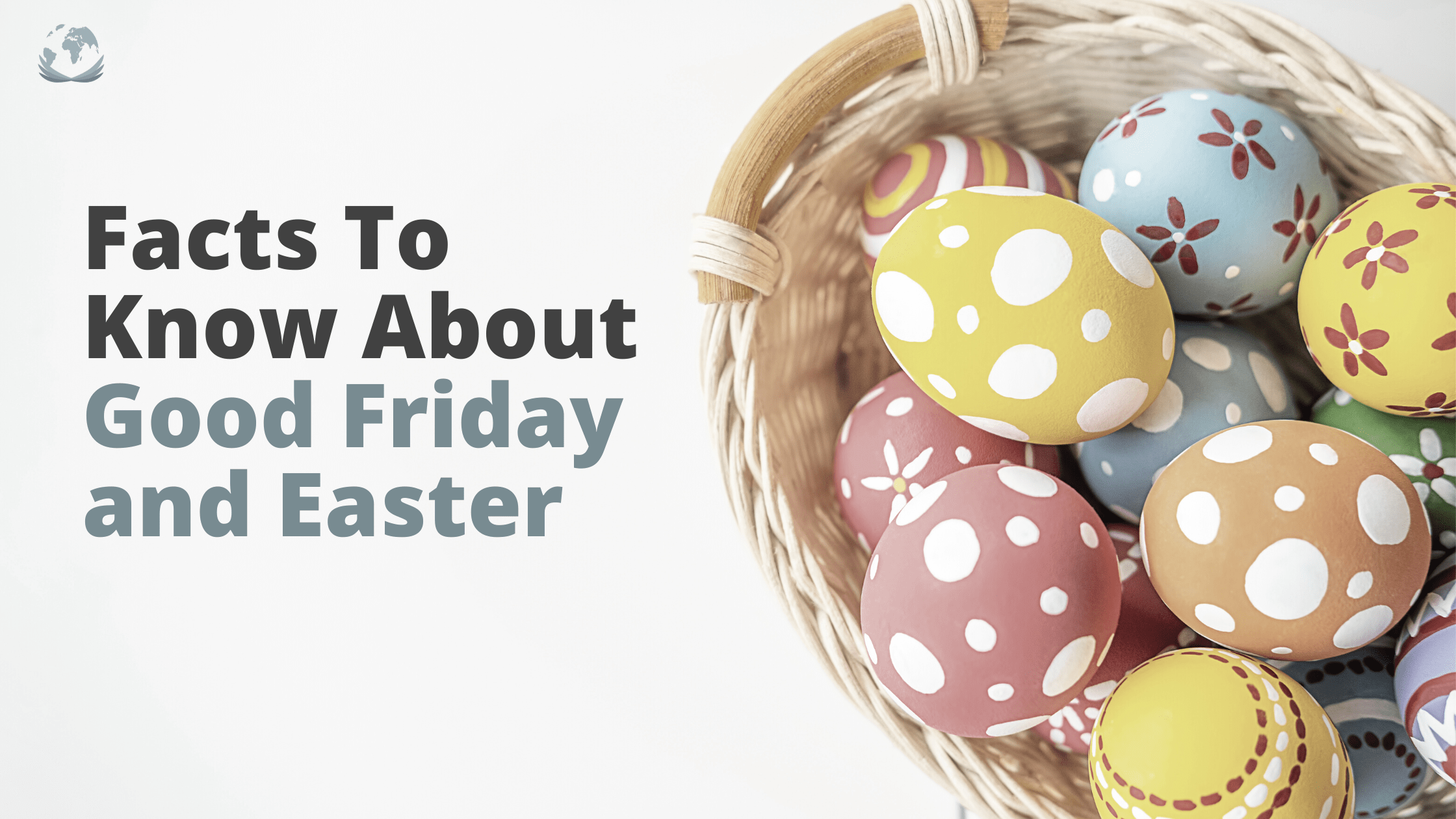15 Interesting Facts To Know About Good Friday and Easter
Each religion has days that are hallmarks of its tradition. For Christians, Holy Week culminating in Easter Sunday, the day of Christ’s resurrection, is the most important time on the Christian calendar. But Good Friday, the Friday just before Easter Sunday, is the day Christ was crucified. This is clearly of singular significance to all Christians. And perhaps nowhere in the world is the Christian Holy Week celebrated with more fervor and pathos than in Jerusalem. The entire city is vibrant honoring the week Christ came to Jerusalem, was welcomed as a savior, and then arrested, tried, crucified on a cross, and resurrected. Pilgrims from around the world throng to Jerusalem and press to the stations of the cross. The Church of the Holy Sepulchre is filled, where competing services celebrate Easter and thousands wait in line to see Christ’s tomb, rub the stone where Christ was reportedly bathed after his death and be in the presence of other landmarks of his suffering. This is a place and time of awe and enormous faith.
In the rest of the world, Easter is celebrated by local traditions. We thought you might enjoy reading some interesting facts about Good Friday and Easter and the ways that they are or have been celebrated around the world:
Around the world some two billion Christians will celebrate Holy Week in many ways in varying degrees of solemnity and joy. Solemnity for Christ whom Christians believed died for their sins on Good Friday and joy for the miracle of his resurrection. Certainly, Easter is a day of celebration.
Good Friday is celebrated the Friday before Easter Sunday.
Good Friday is marked by many Christians with fasting and penitence.
In Germany, laughing and dancing are banned in 12 of 16 states on Good Friday.
Maundy Thursday, the day before Good Friday marks the Last Supper of Christ with his 12 disciples, upon which Holy Communion is based today.
Easter Sunday marks the end of the 40 days of Lent.
Easter Sunday is celebrated on the first Sunday after the first full moon following the first day of spring. That means that this year, Easter will be on April 9, 2023
Sunrise service for many people is a joyful way to celebrate Easter Sunday celebrating the day and the spring season of rebirth.
Easter eggs are an Easter staple in many forms of decoration around the world. We hope that Ukrainians, despite the devastation in Ukraine can continue to make their traditional Ukrainian eggs as they are especially beautiful.
Painting and dying eggs pre-date Christianity and is a way of celebrating spring and rebirth.
Easter egg hunts are a traditional way for children to celebrate Easter.
New Easter outfits are for many around the world an important mark of the return of spring and a way to celebrate Easter.
The White House celebrates Easter for children with an Easter Egg Roll on the lawn.
Fifth Avenue in New York City celebrates Easter with an Easter Parade where people in hats as fancy as can be imagined stroll up and down this wide avenue.
Jelly Beans became traditional Easter treats in the 1930s.
Those are some of the facts about Easter. But Easter, and any other day of intense significance to a culture, religion, or nation is so much more than its facts and tradition. Easter is a day full of joy it brings to children with Easter Egg hunts and chocolate rabbits, jelly beans and eye-dying. That joy is shared with children whose families may not celebrate Easter, and may not even be Christian. They may share the joy of the approach of spring, longer days, flowers in the garden. These are universal joys that bring cherished memories to Christians, Jews, Muslims, as well as agnostics and atheists. The promise of spring is universal and the symbols of Christian Easter go beyond religious ritual to hope and the joy of the season. Easter’s sweets and eggs and hunts and fancy hats are the joyful universal spill-over of a religion founded on love and miracles and forgiveness all crystalized in Christ’s death on the cross.
And beyond the pretty colored eggs and frilly hats and chocolate rabbits, Easter’s promise to the faithful is profoundly moving. Grown men and women are brought to tears in Churches, perhaps for the possibilities of their own forgiveness or the notion that Jesus Christ was crucified and resurrected for our sins. And in Jerusalem on Easter, no matter your religious affiliation or lack thereof, it is nearly impossible to not feel the power of the faith of those around you and the two thousand year history of Christianity and of the other faiths tangled together within the walls of this ancient city. All of the events so fervently celebrated during Holy Week are purported to have happened within or just outside the ancient walls of Jerusalem - Palm Sunday, The Last Supper, Christ’s Crucifixion, and his resurrection. These are the stories handed down in scripture and are the lifeblood of Christianity. They are much more than facts. And believe them or not, they are so much more powerful and so much more glorious than the facts about candy and fancy hats. The stories of our truth have power. Our stories move mountains. Our stories honor us with their testimony. Our stories honor us with their humanity. Our stories matter.

